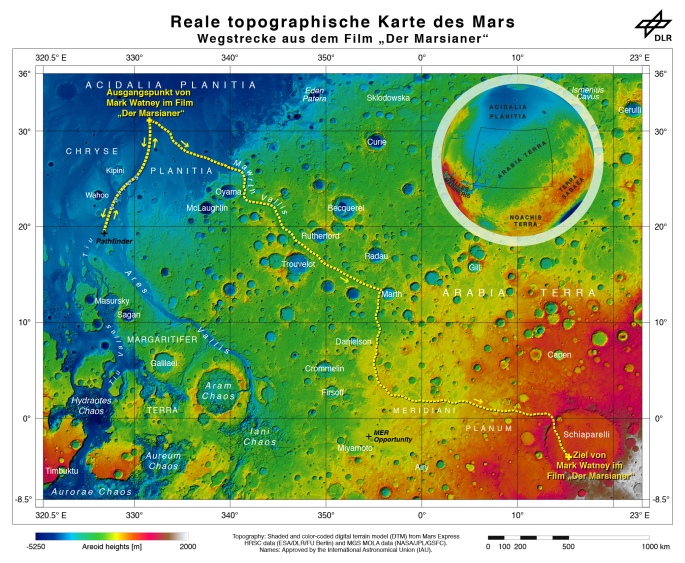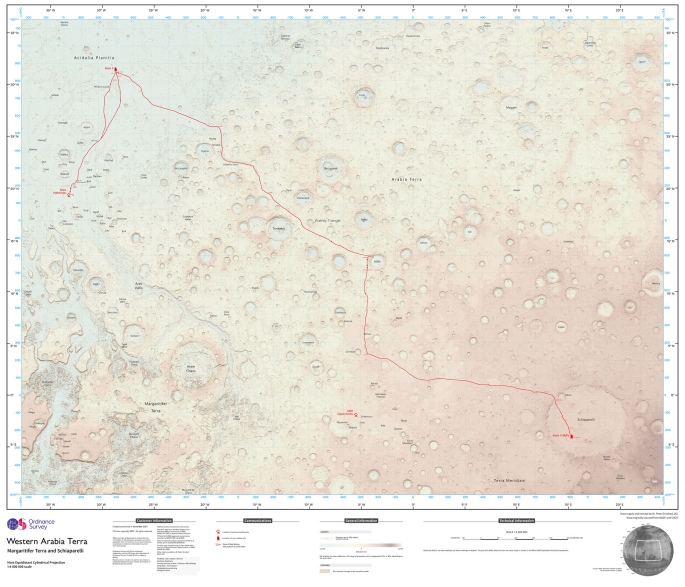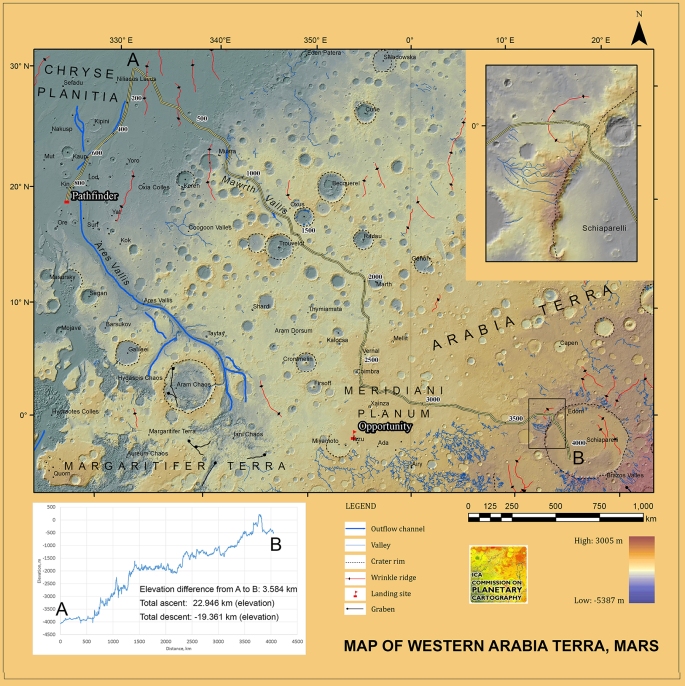PLANETARY CARTOGRAPHY NEWSLETTER 2.
ICA Commission on Planetary Cartography
3/29/2016
UPCOMING EVENTS IN PLANETARY CARTOGRAPHY
EGU2016 – Vienna, Austria, 17–22 April 2016
New missions and techniques for planetary exploration
http://meetingorganizer.copernicus.org/EGU2016/pico/20373
Training: Photogrammetric Processing of Planetary Stereo Imagery using ISIS and SOCET SET®
July 25-27, 2016, Flagstaff? AZ.
http://astrogeology.usgs.gov/facilities/photogrammetry-guest-facility
***
SELECTION OF THE PLANETARY GEOLOGICAL MAPS AND PROJECTS DISPLAYED AT LPSC2016
V. Galluzzi reported on the merging of 3 quadrangles of the new geological map of Mercury produced in preparation of the ESA/JAXA BepiColombo mission, from MESSENGER data, in Italy. The map will be published later in the Journal of Maps.
*
The completion of the first global map of Mercury was reported. The map will be part of the USGS geological map series.
*
C. Runyon displayed tactile maps of planets and the Moon.
*
Quadrangles from the ongoing Ceres geological mapping were shown. This is a project similar in scale to the Vesta mapping earlier. Lessons learned from Vesta mapping can be read here: http://www.sciencedirect.com/science/article/pii/S0019103514001183
*
The New Horizon Team’s Sputnik Planum geological map was presented by O. White: http://www.hou.usra.edu/meetings/lpsc2016/pdf/2479.pdf
*
A new, color-coded shaded relief map of Mercury was presented by KJ Becker. The map will be released later this May.
*
S. Robbins reported on the current state of the global crater catalog of the Moon that will include all craters larger than 1 km. http://www.hou.usra.edu/meetings/lpsc2016/pdf/1525.pdf
*
T. Öhman of the Arctic Planetary Science Institute in Finland reported on the geomorphologic sketch mapping of the fresh lunar crater Eimmart A.
*
J. Liu and colleagues from China presented information about their project to produce a 30-quadrangle geological map of the Moon at 1:2.5M scale. They also proposed a revision of the lunar timescale.
*
K Debniak and O Kromuszczynska presented their geomorphological map focusing on landslide deposits of Ius Chasma. This work is done at the Planetary Geology Lab of the Institute of Geological Sciences at the Polish Academy of Sciences.
*
The LPSC meeting also hosted a special section about the newly formed Mapping and Planetary Spatial Information Team (MAPSIT), a community-based strategic and oversight body for planetary mapping. The 15 members of its steering committee represent US universities (7 members), the USGS (7 members) and NASA (1 member). With this new term in their name, this group broadens its subject area to various fields related to planetary cartography. In their definition: “Planetary Spatial Infrastructure is the technology, policies, standards, human resources, software tools, and related activities necessary to acquire, process, distribute, use, maintain, and preserve planetary spatial data for science and exploration.”.
END OF ISSUE 2





